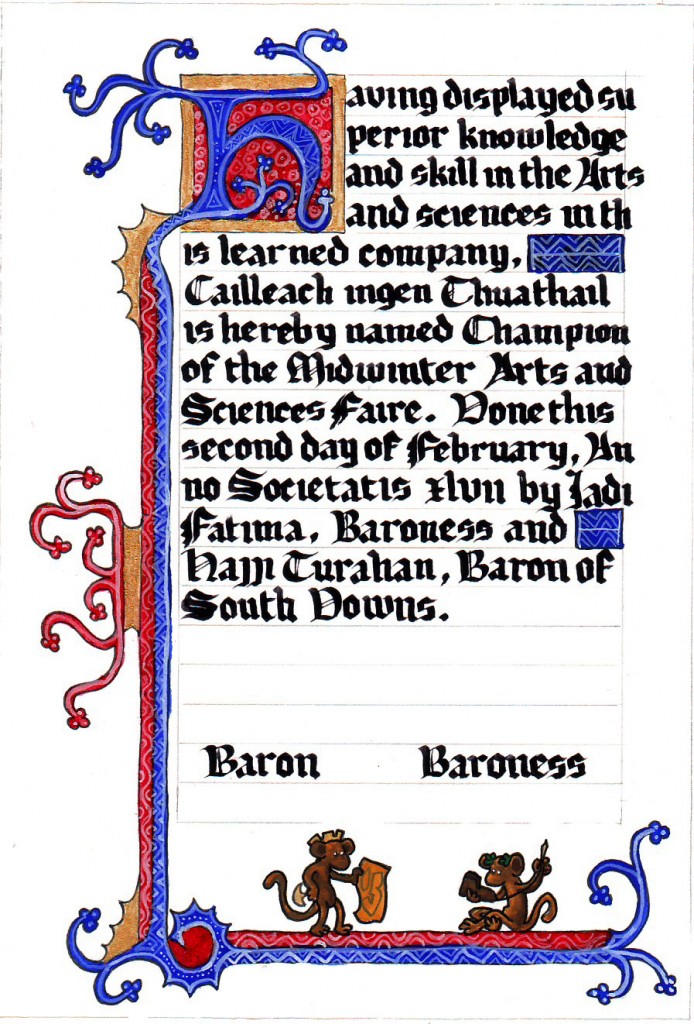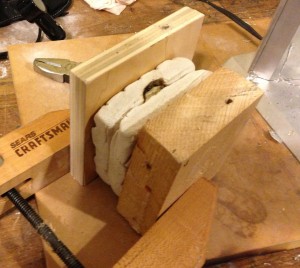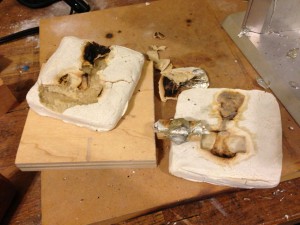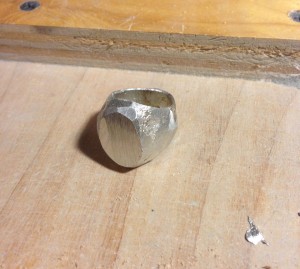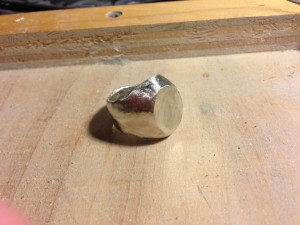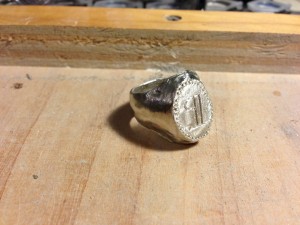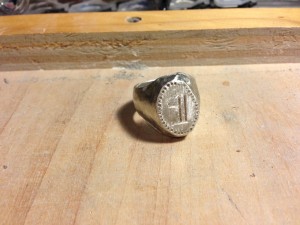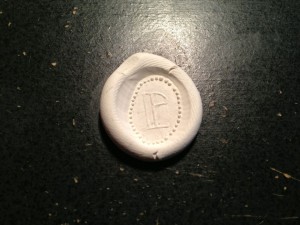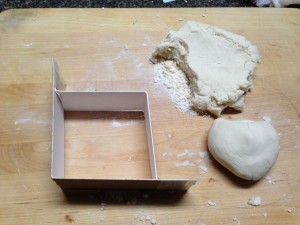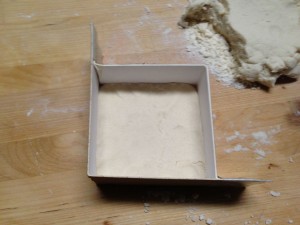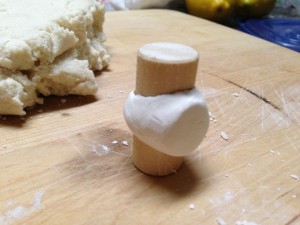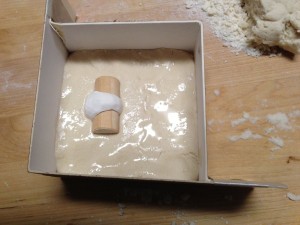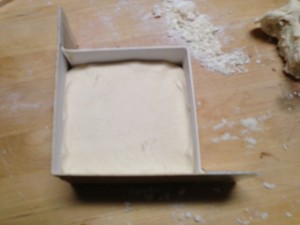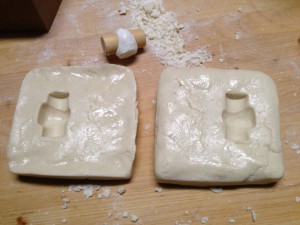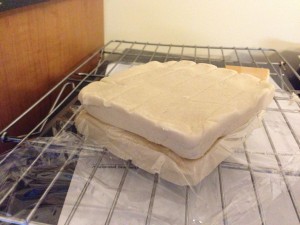Between three seas triskelions shine bright
Upon the crown and banners overhead,
But in times past those flags were black and white;
Meridies once ruled those lands. It’s said
That borders are but lines drawn with a pen,
And for ambition some will seek to tread
Across frontiers laid out by ancient men.
Dire news came that Trimaris moved to war;
She sought to take our southern lands and then
Redraw the maps that had been made before.
The knights cried out and bade King Thomas ride
To meet the threat that could not be ignored.
The Sovereign rode, he would not be defied;
His Consort followed closely at his side.
The morning light crept out across the field
Where flags argent and sable were displayed.
Across the plain an army was revealed:
The legions vast in shining steel arrayed.
Flags blue and white like flocks of seagulls flew
O’er soldiers who were keen to ply their trade.
The King was grim; his own knights were too few
To match the force he saw and win the day.
He needed counsel wise, so he withdrew
Back to the tent where his fair Queen still lay.
“What shall we do?” he asked his waking bride,
“If ordered forth my armies will obey,
But fortune has it I should be denied
My good sword arm by wounds from wars of old.”
He shook his head and, woefully, he sighed.
Fair Elisenda, Queen as bright as gold,
Took up a shining sword forged for her hand.
“Fret not, my love; this story’s not yet told.
In your place I will gladly take command
And guard the southern borders of our land.”
The host went forth, a lightness in each heart,
For at their head strode their beloved Queen.
Each soldier eager for the battle’s start,
Undaunted by the many foes they’d seen,
Knew glory lay ahead for them to claim.
Her Majesty, determined and serene,
Was guarded close by men she knew by name.
Hand picked for courage and for martial skill,
They wore her badge for love, and not for fame.
The armies soon stood in the Autumn chill,
Two walls of shields with blade and spear held high,
Brought to this place by fate and Royal will.
The calm was shattered by a general’s cry
To start the charge and let the arrows fly.
A hundred men against a thousand fought
And carved their names with valor into stone.
With every life another breath was bought
For Elisenda till she stood alone.
Her guards strove on until they gave their last;
Each took ten lives before they lost their own.
A voice called for the soldiers to hold fast,
And so they backed away and held their blows.
A man came forth – all kneeled as he walked past –
And stood before the Queen in regal pose.
“Krotuas, I presume,” she said with cheer,
As though she were not hemmed about with foes,
And gave a nod of greeting to her peer.
“Your Majesty,” replied the towering King,
“I am a bit surprised to see you here
With shield in hand and sword still poised to swing.
Lay down your arms and we will keep you whole
Til money’s raised to fund your ransoming.”
She laughed at this, and said “I’ll not be sold
Like apples in the market by the pound –
Your coffers I deny Meridian gold.”
The King drew forth his blade – a wicked sound –
And held it forth, his own expression grim.
“I ask once more to put your arms to ground.”
“I’ll never yield!” she cried, then came at him.
They traded blows, bold King and Queen so brave.
Her leg stepped out; his swift sword struck the limb.
Upon her knees, she knew her wound was grave,
But still she held her guard in ready stance.
The King stepped back. “Your life may still be saved!
Lay down your sword; I’ll give you one last chance.”
She shook her head, then gave him her reply:
“Meridies, through history’s great expanse,
Has ever had Queens not afraid to die.
By knife or poison, plague or treachery
They faced their end, and there, by God, go I.”
Her words had struck, that much was plain to see:
The great King could not swing the killing blow.
Yet war is war; he could not let her be.
“Seal her fate,” he said with head hung low.
The men advanced; their King had turned to go.
A dozen soldiers bore her body home;
As sorrowful as those who’d seen the fall
Of all the greatest emperors of Rome.
The honor guard, great knights and nobles all,
Returned the Queen held high upon a shield,
With flowing silk upon her as a pall:
A hero felled in valor on the field.
The shroud upon her body bore in gold
A rampant lion with teeth and claws revealed.
They laid her at her husband’s feet and told
Of how she stood so firm before the sword,
Resolved that naught but death would make her fold.
The men withdrew, and then her Royal lord
Fell to his knees and wept upon her breast.
He spoke to her of how much he adored
The gallant lady he had loved the best.
He felt a stir, then pulled his head away
To see a subtle rising of her chest.
“My lord, if you so kindly bid me stay,”
She said, “Then I shall die another day.”
This was written for Lord Cianan Carmichael’s bardic challenge in honor of HRM Elisenda’s battlefield prowess, and performed at Midwinter A&S in the Barony of South Downs, February 2, 2013.

